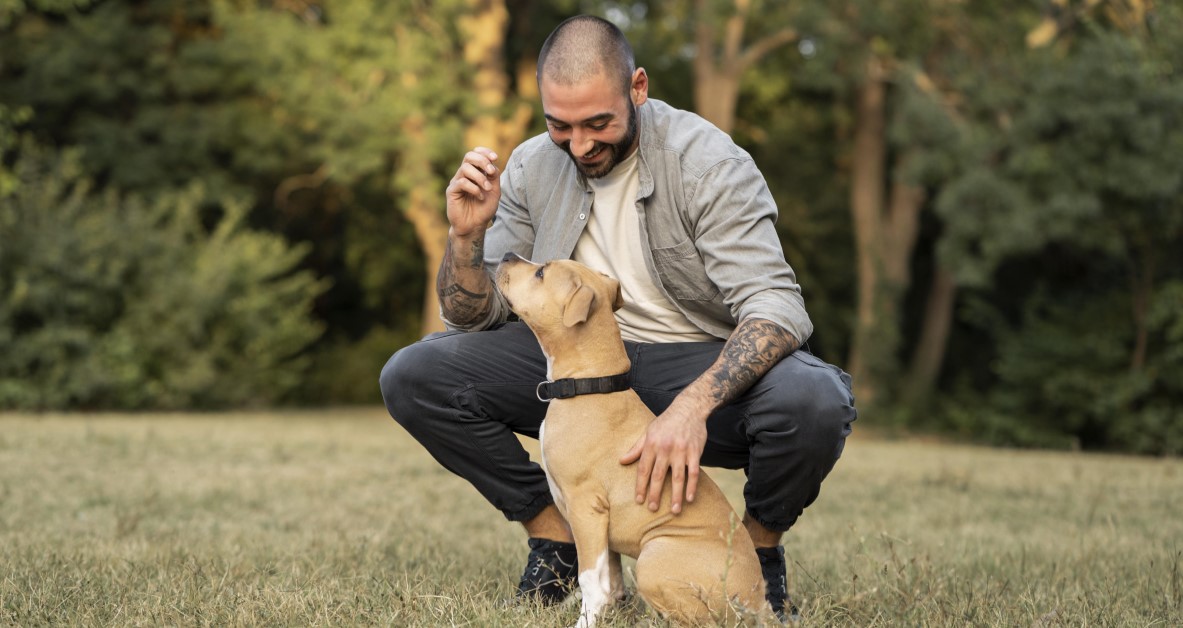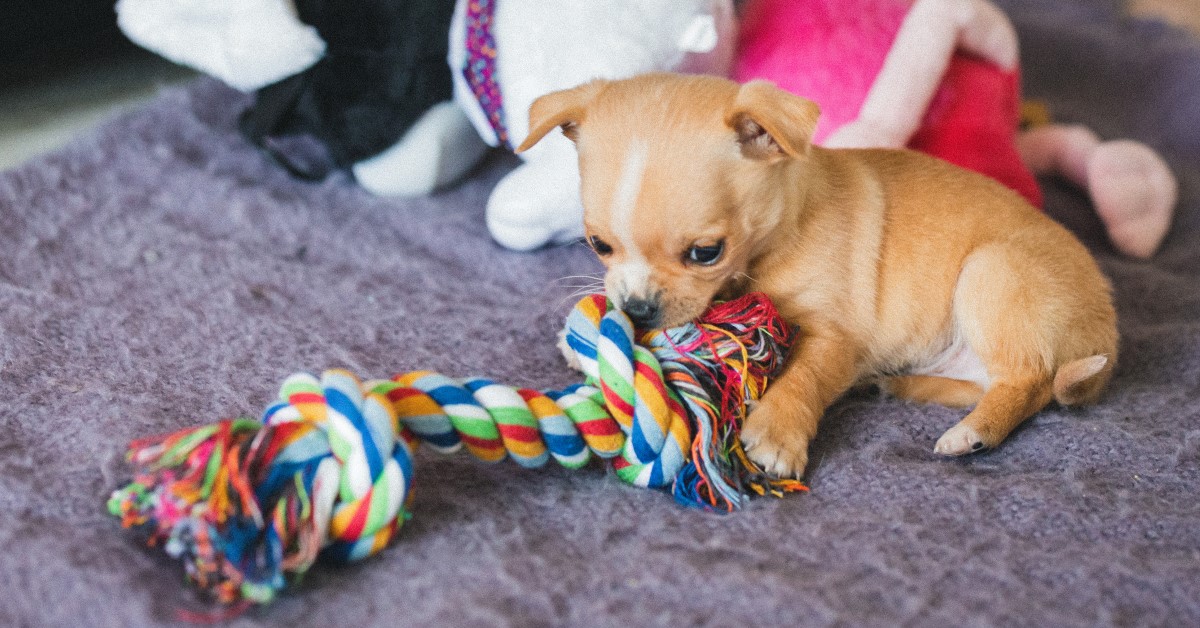A Beginner's Guide to Puppy Training
Your new puppy can grow up into a happy, well-behaved adult with the aid of these training tips and tricks.

The addition of a new puppy to your home means years of fun and happiness -- but it can also mean headaches and hassles if you fail to train that puppy up right. Remember that puppies are just babies, and like human babies they need a certain amount of guidance and training during these early days of their lives. Fortunately, you can enjoy great success training your puppy as long as you understand the basic steps and principles. Take a look at this beginner's guide to training your puppy.
Basic Principles to Remember in Puppy Training
Puppies don't have the longest attention spans, and they can be easily distracted by all manner of things, making training more difficult. Here are a few steps that can help:
- Minimize distractions by making sure your puppy is toileted, fed, and alert but not in hyperactive mode.
- Keep the training area clear of other pets or humans until you've finished the session.
- If your puppy seems underslept, moody, or overexcited, try again at a better time while maintaining the most regular schedule possible.
Positive reinforcement is another critical aspect of puppy training. Never punish or scold your puppy when it does something wrong, as this will only make it fear you and avoid further training. If your puppy doesn't learn right away or makes a mistake, stay patient and keep trying, rewarding successful learning and good behavior.
Two Important Puppy Training Tools: Treats and a Clicker
Treats serve as the primary reward that keeps your puppy coming back for more training. Keep a pocketful of treats on hand for every training session. Each successful task should be rewarded with a treat. If your puppy goofs up, simply withhold the treat and your little pal will get the idea soon enough.
For best results, you'll want to coordinate this dispensing of treats with the use of a small handheld device called a clicker. Whenever your puppy gets something right, click the clicker right before handing out the treat. Your puppy will start to associate the sound of the clicker with a job well done.
Start With Household Basics
Once your puppy reaches the age of eight weeks, it's old enough to understand and benefit from training -- including that most basic of all household objectives, potty training. Take your puppy to the designated "business area" first thing each morning. Say the command, "Go potty" as soon as it starts to pee or poop, praising it and giving it a treat afterward. After a while your pup will understand that the "Go potty" command as an instruction to relieve itself at the expected place and time.
Crate training can occur alongside potty training. Your puppy needs to see the crate as a safe, positive retreat instead of a punishment zone. This attitude will develop naturally if you feed your puppy inside the crate (at least in the beginning) and equip the crate with toys and other comforts. Start with a few minutes of crate time each day, giving your puppy several months to get completely comfortable with it.
Too much crate time administered too early can cause your puppy to experience separation anxiety. You can teach your pup to tolerate periods of alone time by following crate time with interactive play time, reassuring your pet that you haven't abandoned it after all. Leave your puppy alone for a few minutes at a time, gradually increasing the alone time as a desensitization technique.
You can teach your puppy some helpful words during this formative period, including its own name. Reward the puppy everytime it responds to its name, repeating the process with simple commands such as "Come," "Sit," and "Stay."
Socialize Your Puppy
You can start socializing your puppy by exposing it to supervised time with other family members in the home. At the same time, you can acquaint it with the leash or harness you'll eventually use to take it on walks. Start by training your puppy to come to you and let you put the leash on it, praising it every time it responds correctly. Let the puppy wear the lash or harness around the house until it gets used to the sensation.
Once your veterinarian has given your puppy the necessary vaccinations, you can safely take it outdoors on walks for broader socialization. Watch your pup closely, not just to keep it safe but also to watch for any behaviors you want to discourage. For instance, if it tries to pull at the leash, stop and remain still until it gets the hint. If your puppy lunges at someone, making a disruptive sound or gesture that redirects its attention to you.
Puppies out on walks may grab a variety of foreign objects with their mouths. You can teach it to drop whatever it's picked up at home, using a toy or other item. Reward your puppy every time it obeys the command, "Drop it." You can then put this training to valuable use on daily walks and other outdoor adventures.
Another Valuable Resource: Your Puppy's Veterinarian
Experienced veterinarians understand the difference between normal puppy behaviors and other behaviors that might have an underlying medical cause. Consult your vet, not only during wellness exams, but whenever you need answers to your puppy-raising questions and concerns!
Ready to start saving money on pet wellness care?
Then take a look at Mint Wellness, the pet wellness plan that provides fast reimbursement on routine pet care. Save on vaccinations, wellness exams, preventatives, dental, and more!
Learn More
